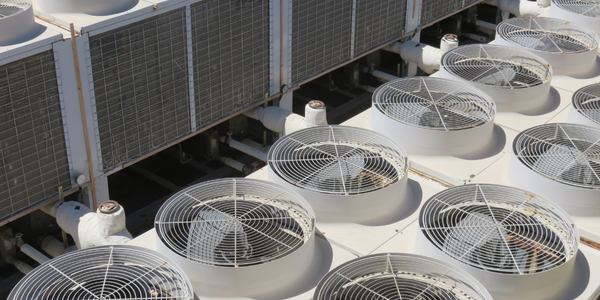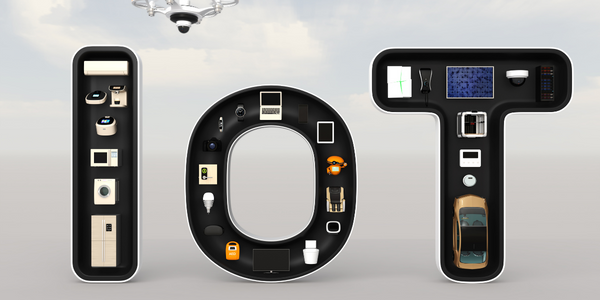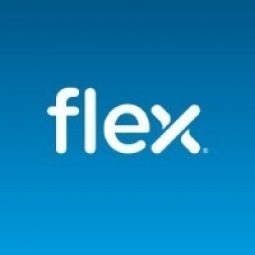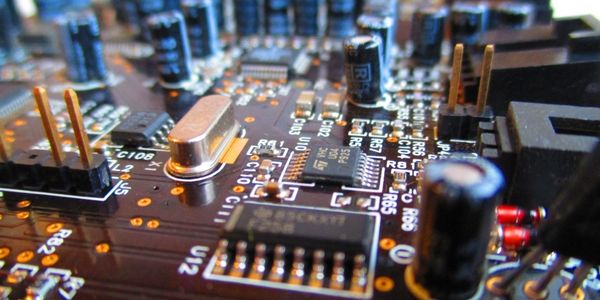Technology Category
- Analytics & Modeling - Real Time Analytics
- Platform as a Service (PaaS) - Device Management Platforms
Applicable Industries
- Electronics
- Equipment & Machinery
Applicable Functions
- Product Research & Development
Use Cases
- Time Sensitive Networking
- Virtual Prototyping & Product Testing
About The Customer
Google is a multinational technology company that specializes in Internet-related services and products. These include search engines, online advertising technologies, cloud computing, software, and hardware. Google's business objective was to enter the streaming media market and bring online media streaming to an unprecedented mass market. They aimed to create a disruptive device that could be used in living rooms worldwide. To achieve this, Google partnered with Flex to take the Chromecast from idea to concept to worldwide production.
The Challenge
Google's entry into the streaming media market was a strategic move to bring online media streaming to an unprecedented mass market. The challenge was to create a disruptive device that could be used in living rooms worldwide. Google partnered with Flex to take the Chromecast from idea to concept to worldwide production. The design and engineering challenges included creating a device that was small in size, competitively priced, had wireless capabilities, and could manage temperature effectively. The goal was to design a prototype of the Chromecast in just four weeks and speed up the time to market, beating competitors on both market entry and price.
The Solution
Google engaged with Flex, sharing only rudimentary concepts of its product, seeking a partner to design, engineer, and manufacture the device at scale. The gadget would allow users to instantly 'cast' content from mobile devices or laptops to television screens. Flex engineers designed an octagonal-shaped, printed circuit board — an unprecedented form factor — and solved other significant technological challenges. The design of the circuit board took advantage of the gaps between circuits to disperse heat so it wouldn’t burn the circuitry. Flex developed an antenna with a ribbon nestled between the layers of the circuit board that could sniff out a signal from behind a flat-screen. Together, Google and Flex designed a working prototype in just four weeks.
Operational Impact
Quantitative Benefit

Case Study missing?
Start adding your own!
Register with your work email and create a new case study profile for your business.
Related Case Studies.

Case Study
Smart Water Filtration Systems
Before working with Ayla Networks, Ozner was already using cloud connectivity to identify and solve water-filtration system malfunctions as well as to monitor filter cartridges for replacements.But, in June 2015, Ozner executives talked with Ayla about how the company might further improve its water systems with IoT technology. They liked what they heard from Ayla, but the executives needed to be sure that Ayla’s Agile IoT Platform provided the security and reliability Ozner required.

Case Study
IoT enabled Fleet Management with MindSphere
In view of growing competition, Gämmerler had a strong need to remain competitive via process optimization, reliability and gentle handling of printed products, even at highest press speeds. In addition, a digitalization initiative also included developing a key differentiation via data-driven services offers.

Case Study
Predictive Maintenance for Industrial Chillers
For global leaders in the industrial chiller manufacturing, reliability of the entire production process is of the utmost importance. Chillers are refrigeration systems that produce ice water to provide cooling for a process or industrial application. One of those leaders sought a way to respond to asset performance issues, even before they occur. The intelligence to guarantee maximum reliability of cooling devices is embedded (pre-alarming). A pre-alarming phase means that the cooling device still works, but symptoms may appear, telling manufacturers that a failure is likely to occur in the near future. Chillers who are not internet connected at that moment, provide little insight in this pre-alarming phase.

Case Study
Remote Temperature Monitoring of Perishable Goods Saves Money
RMONI was facing temperature monitoring challenges in a cold chain business. A cold chain must be established and maintained to ensure goods have been properly refrigerated during every step of the process, making temperature monitoring a critical business function. Manual registration practice can be very costly, labor intensive and prone to mistakes.

Case Study
Premium Appliance Producer Innovates with Internet of Everything
Sub-Zero faced the largest product launch in the company’s history:It wanted to launch 60 new products as scheduled while simultaneously opening a new “greenfield” production facility, yet still adhering to stringent quality requirements and manage issues from new supply-chain partners. A the same time, it wanted to increase staff productivity time and collaboration while reducing travel and costs.








